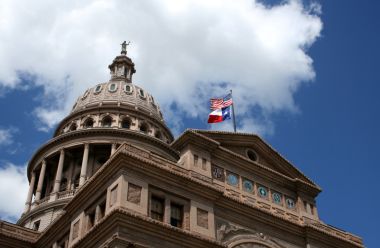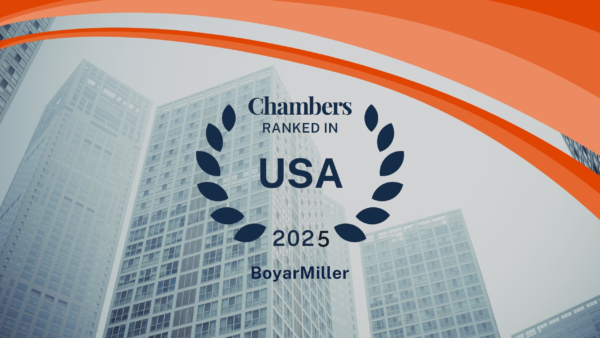With a deep understanding of your business alongside clear and honest communication, we help clients face challenges fearlessly.
Contact us today to learn more about our services and how we can help drive solutions.
Insights
SBA Loosens Up and Passes Flexibility Act
June 5, 2020
On June 5, 2020, President Trump signed into law the Paycheck Protection Program Flexibility Act of 2020 (the “Flexibility Act”). The Flexibility Act modifies several key provisions of the Paycheck Protection Program (“PPP”) set forth in the CARES Act as follows:
- Lengthening of Covered Period: Many tenants of the PPP, including the time period in which to spend PPP loan proceeds on eligible expenses to maximize loan forgiveness, are based on the “covered period”. Prior to the Flexibility Act, the covered period was the 8-week period after disbursement of PPP loan proceeds; however, now, the covered period will begin on the date of the origination of a PPP loan and end on the earlier of (1) the 24-week period after disbursement of PPP loan proceeds or (2) December 31, 2020. A borrower that received a PPP loan prior to the enactment of the Flexibility Act may still choose to use an 8-week covered period.
- Extension of Maturity for New PPP Loans: For any PPP loan made after the enactment of the Flexibility Act, the earliest maturity date is 5 years from the date of the loan, instead of 2 years.
- Modification of Deferral Period: Instead of a flat 6-month period of deferral of all payments under PPP loans for all borrowers, the Flexibility Act modifies the deferral period for the payment of principal, interest, and fees under a PPP loan such that it will now end on the date that the forgiveness amount awarded such borrower is paid to the lender by the Small Business Administration, with the caveat that a borrower must apply for forgiveness within 10 months after the earlier of (1) the last day of the 24-week period after disbursement of PPP loan proceeds or (2) December 31, 2020.
- Modification to the 75%/25% Rule: In order to receive loan forgiveness, a borrower must now spend at least 60% of PPP loan proceeds (instead of 75%) on eligible payroll costs, and may use up to 40% (instead of 25%) for non-payroll costs (i.e. a mortgage interest, rent or utility bills).
- Extension of Safe Harbors for Rehires: The CARES Act provides that a borrower’s loan forgiveness amount will not be reduced as a result of a reduction in workforce or a reduction in salaries or wages occurring between February 15, 2020, and April 26, 2020, as long as full-time equivalent employees are rehired by June 30, 2020, or on June 30, 2020, salaries are equal to or greater than salary levels as of February 15, 2020; however, the Flexibility Act extends the date to rehire employees or reinstate salaries or wages to December 31, 2020.
- Safe Harbor for Inability to Rehire Employees: The Flexibility Act provides a new safe harbor for borrowers which states that the amount of loan forgiveness will not be reduced for reduction in full-time equivalent employees if the borrower in good faith can document (1) an inability to rehire individuals who were employees on February 15, 2020, and an inability to hire similarly qualified employees for unfilled positions on or before December 31, 2020, or (2) an inability to return to the same level of business activity as such business was operating before February 15, 2020, due to compliance with requirements established or guidance issued by the Secretary of Health and Human Services, the Director of the Centers for Disease Control and Prevention, or the Occupational Safety and Health Administration during the period beginning on March 1, 2020, and ending December 31, 2020, related to the maintenance of standards for sanitation, social distancing, or any other worker or customer safety requirement related to COVID–19.



